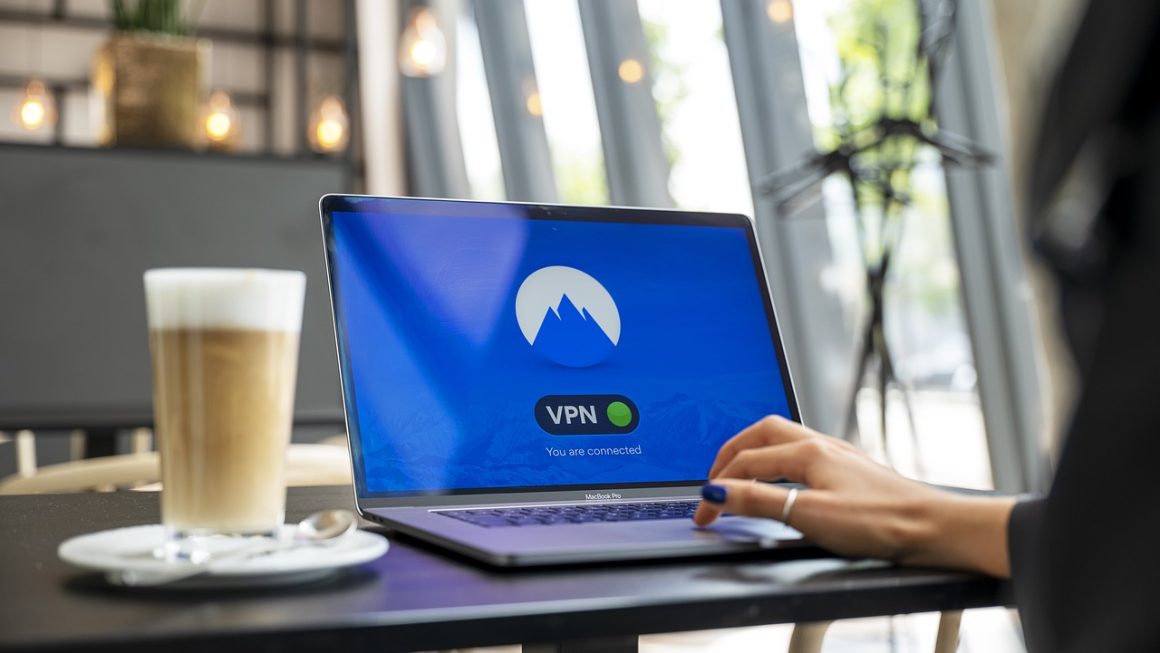In today’s fast-paced, digitally driven world, the traditional paper resume is rapidly becoming a relic of the past. A digital resume, on the other hand, offers a dynamic and interactive way to showcase your skills, experience, and personality to potential employers. More than just a PDF version of your printed resume, a well-crafted digital resume can significantly enhance your job application and help you stand out from the competition. It’s your personal website, your interactive portfolio, and your career narrative all rolled into one.
What is a Digital Resume?
Defining the Digital Resume
A digital resume is an online, interactive representation of your professional experience and skills. Unlike a static document, it can incorporate multimedia elements like videos, interactive charts, and links to your online portfolio. It’s essentially a personal website designed to impress recruiters and hiring managers.
- It’s more engaging than a traditional resume.
- It’s easily shareable via a simple link.
- It demonstrates tech-savviness.
- It offers greater creative control over presentation.
Why Choose a Digital Resume?
In a world where recruiters often spend just a few seconds reviewing a resume, a digital resume can capture their attention and hold it longer. They offer:
- Enhanced Visibility: A digital resume can be easily found through search engines.
- Improved Engagement: Interactive elements keep viewers engaged.
- Personal Branding: Showcase your personality and brand more effectively.
- Measurable Analytics: Track who is viewing your resume and how they are interacting with it.
- Flexibility: Easily update and modify your resume as your career evolves.
For example, a web developer could embed a portfolio of live coding projects directly into their digital resume, providing tangible proof of their abilities. A marketing professional could showcase campaign results through interactive graphs and charts.
Types of Digital Resumes
Website-Based Resumes
This is perhaps the most common type of digital resume. You create a personal website using platforms like WordPress, Wix, or Squarespace to showcase your skills and experience.
- Pros: High level of customization, strong personal branding, SEO benefits.
- Cons: Requires technical skills or hiring a web developer, ongoing maintenance.
- Example: A graphic designer creates a website with a dedicated resume page, portfolio section, and blog showcasing their design expertise.
LinkedIn Profiles
While LinkedIn is primarily a social networking platform, it also functions as a digital resume. Ensure your profile is complete, professional, and up-to-date.
- Pros: Wide reach, professional networking, easy to update.
- Cons: Limited customization, competitive landscape, reliance on LinkedIn’s platform.
- Example: Regularly updating your LinkedIn profile with new skills, projects, and recommendations to enhance your visibility to recruiters.
Video Resumes
A short, engaging video can be a powerful way to introduce yourself to potential employers.
- Pros: Shows personality, memorable, highlights communication skills.
- Cons: Requires strong presentation skills, potential for technical difficulties, can be time-consuming to create.
- Example: An aspiring teacher creating a short video highlighting their teaching philosophy and classroom management techniques.
Interactive PDFs
Using tools like Adobe Acrobat, you can create a PDF resume with clickable links, embedded videos, and interactive elements.
- Pros: Combines traditional format with digital features, easy to share.
- Cons: Limited interactivity compared to websites, file size can be large, compatibility issues.
- Example: Adding clickable links to your online portfolio, LinkedIn profile, and previous work samples within a PDF resume.
Creating an Effective Digital Resume
Content is Still King
No matter the format you choose, your digital resume should contain the same essential information as a traditional resume:
- Contact Information: Name, phone number, email address, and relevant social media links.
- Summary/Objective: A concise overview of your skills and career goals.
- Work Experience: Detailed descriptions of your previous roles, including responsibilities and achievements. Quantify your accomplishments whenever possible (e.g., “Increased sales by 20% in one quarter”).
- Education: List your degrees, certifications, and relevant coursework.
- Skills: Highlight both hard skills (e.g., coding languages, software proficiency) and soft skills (e.g., communication, teamwork).
- Portfolio/Projects: Showcase your work through links, images, and videos.
Optimizing for Search Engines (SEO)
Make your digital resume discoverable by optimizing it for relevant keywords.
- Research relevant keywords: Use tools like Google Keyword Planner to identify keywords related to your industry and desired job roles.
- Incorporate keywords naturally: Include keywords in your resume summary, job descriptions, and skills sections.
- Optimize your website’s metadata: Use relevant keywords in your website’s title tags and meta descriptions.
- Build backlinks: Link to your digital resume from other websites and online profiles.
Design and User Experience (UX)
A visually appealing and user-friendly digital resume is crucial for capturing and maintaining attention.
- Choose a clean and professional design: Avoid cluttered layouts and distracting fonts.
- Ensure readability: Use clear headings, subheadings, and bullet points to break up text.
- Optimize for mobile devices: Make sure your resume looks good and functions properly on smartphones and tablets.
- Test your resume: Ask friends or colleagues to review your resume and provide feedback on its design and usability.
Promoting Your Digital Resume
Sharing Your Resume Link
Make it easy for recruiters and hiring managers to access your digital resume.
- Include the link on your social media profiles: Add the link to your LinkedIn, Twitter, and other relevant profiles.
- Add the link to your email signature: Make sure the link is visible in all your email correspondence.
- Share the link in your cover letter: Mention your digital resume in your cover letter and provide the link.
- Use a QR code: Create a QR code that links to your digital resume for easy sharing at networking events.
Leveraging Social Media
Social media can be a powerful tool for promoting your digital resume and building your professional brand.
- Share your resume on LinkedIn: Post an update on LinkedIn sharing your resume and highlighting your skills and experience.
- Engage in relevant groups and discussions: Participate in discussions related to your industry and share your expertise.
- Network with recruiters and hiring managers: Connect with recruiters and hiring managers on LinkedIn and share your resume with them.
Tracking Your Results
Use analytics tools to track the performance of your digital resume.
- Google Analytics: Track website traffic, page views, and user behavior.
- LinkedIn Analytics: Monitor your profile views and engagement.
- Bitly: Track clicks on your resume link.
By analyzing these metrics, you can identify what’s working and what’s not, and make adjustments to your resume accordingly.
Conclusion
In conclusion, a well-crafted digital resume is an invaluable asset in today’s competitive job market. By embracing this dynamic approach, you can showcase your skills, experience, and personality in a way that traditional resumes simply can’t match. From personal websites to video introductions, the possibilities are endless. Take the time to create a compelling and engaging digital resume, and you’ll be well on your way to landing your dream job.




